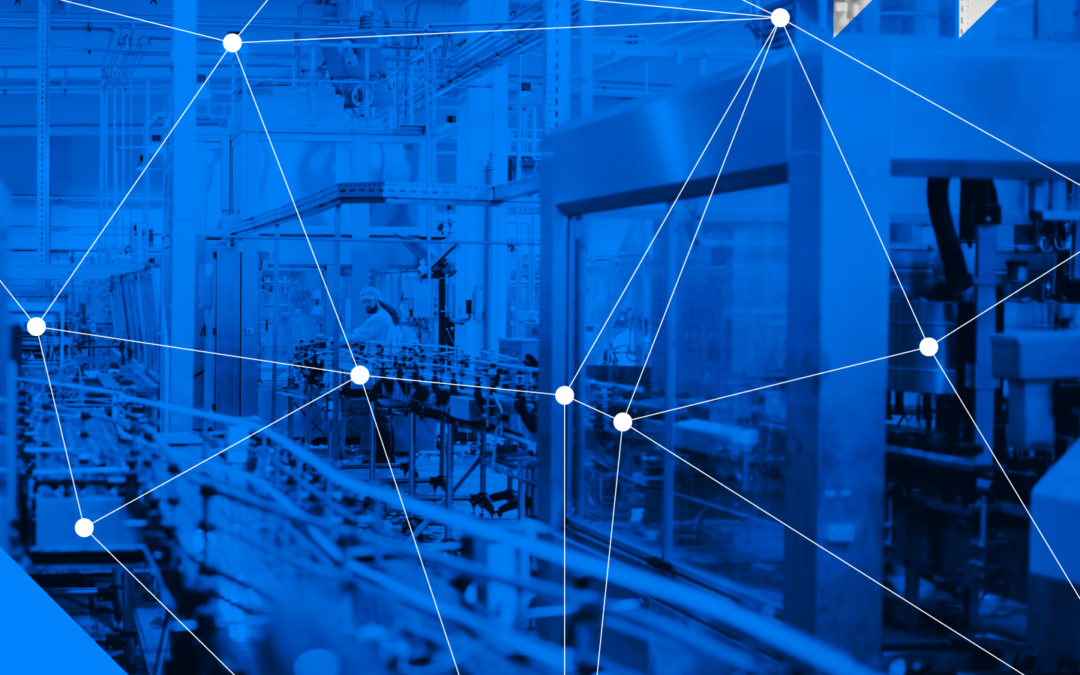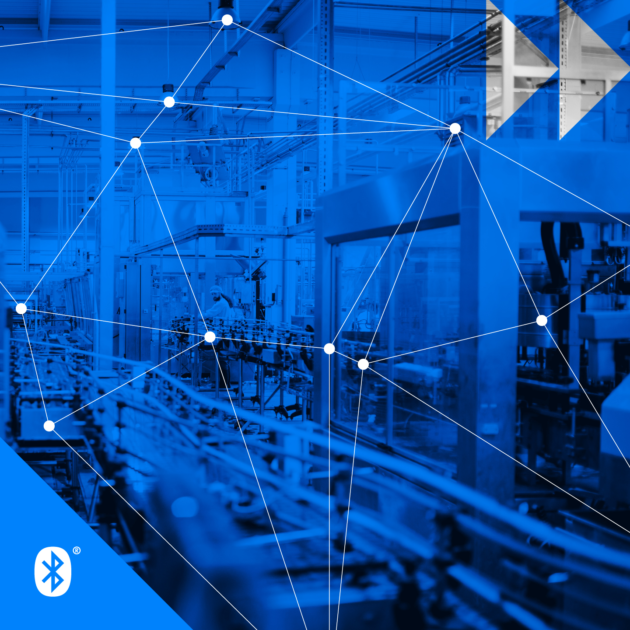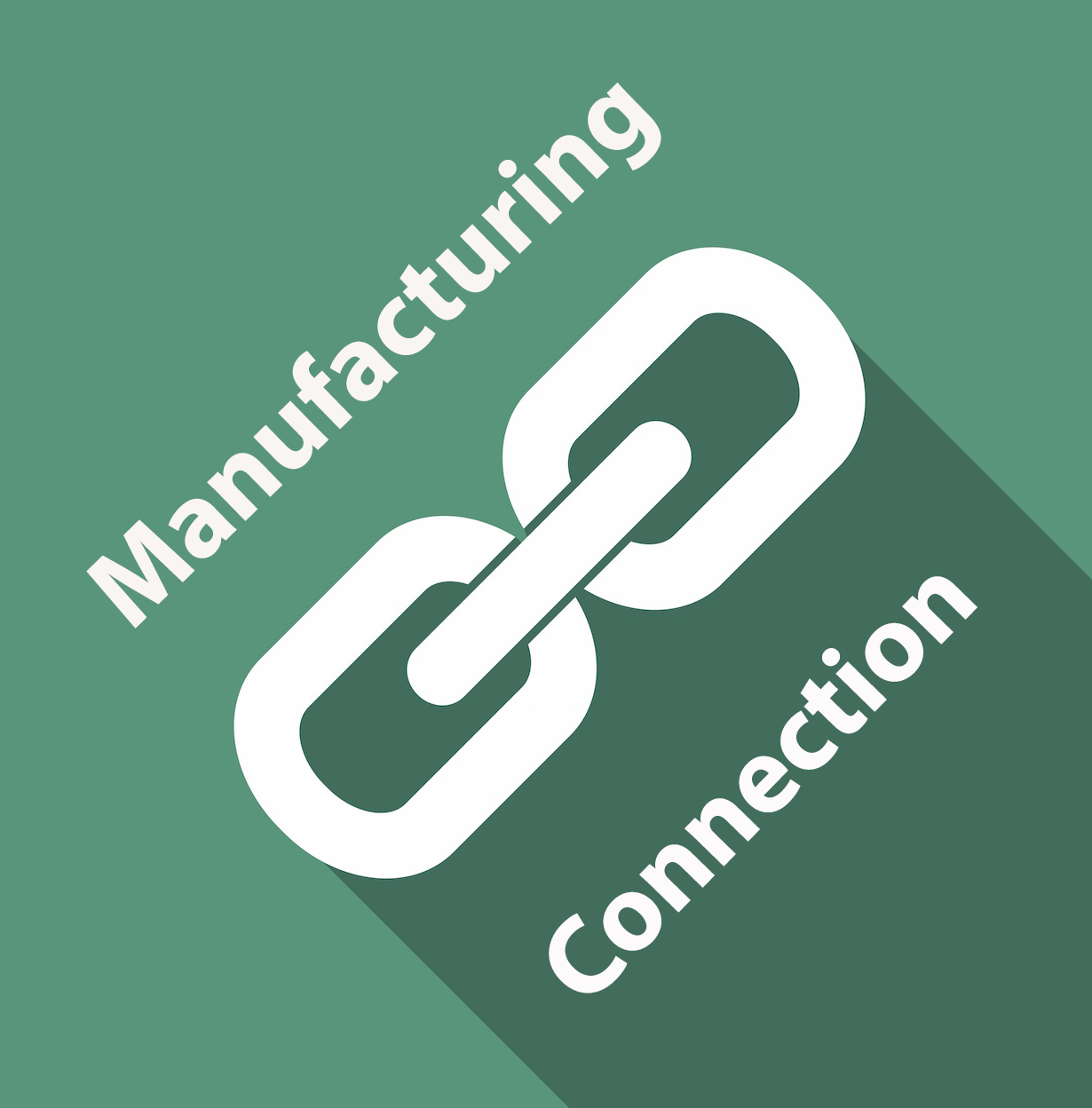
by Gary Mintchell | Oct 8, 2018 | Automation, Internet of Things, Manufacturing IT, Operations Management, Process Control, Technology
Last week was where industrial automation and information technology met along with my vice–soccer.
Emerson Automation Solutions–Digital Transformation, IT/OT collaboration, corporate acquisitions (GE Intelligent Platforms, once known as GE Fanuc, joins the fold), WirelessHART applications expand, flow control data becomes an integral part of digital transformation.
Hewlett Packard Enterprise (HPE)–Refinery of the Future tour of the Texmark refinery that I’ve written about before and CenterPoint Energy where digital boosts the electrical utility industry.
Marketers may still talk of IT/OT convergence as something coming. In many forward thinking plants it is here. Texmark CEO Doug Smith talks freely about the kick in the pants delivered by his insurance carrier that propelled him and his team toward finding innovative solutions to operations challenges.
I sometimes joke that “I’m the point of convergence of IT and OT”, or at least my blog and writing are.
Don’t believe hype or nay-sayers. The collaboration is real–among suppliers, partner ecosystems, managers, engineers. And real benefits are accruing.
Have you joined the 21st Century?

by Gary Mintchell | Aug 14, 2018 | Automation, Networking, Wireless
Wireless mesh networking has been the source of technology and market battles for years in industrial applications. There is one that’s seldom discussed among engineers in this sector, though—Bluetooth. There exists a Bluetooth mesh standard. It’s been out a year. At this point there are more than 65 Qualified Bluetooth Mesh Products.
The dominant application to date is smart lighting systems. Smart home applications are coming along. The Bluetooth SIG talks of other industrial applications. We’ll have to see what develops. If I were an active engineer, I think I would take a look at possibilities. Bluetooth has some longevity and stability. We all use it with our smart devices. Interesting possibilities.

Following is news from the press release. Bluetooth mesh plays a role in the development of emerging markets such as Smart Building, Smart Industry, Smart Cities, and Smart Home. In the year since the release of Bluetooth mesh, more than 65 products with mesh networking capability have been qualified from leading silicon, stack, component, and end product vendors.
Bluetooth mesh networking enables many-to-many (m:m) device communications and is optimized for creating large-scale device networks. Designed to meet the scalability, reliability, and security requirements of commercial and industrial environments, Bluetooth mesh is powering smart building and smart industry implementations where tens, hundreds, or thousands of devices need to communicate with one another effectively. From factories to hospitals, airports, retail stores, and the home, Bluetooth mesh supports building services that bring real value to owners, operators, and occupants.
“Bluetooth mesh is one of a number of fundamental enablers of future IoT markets, allowing for robust, secure and scalable connectivity across the smart home, commercial building automation, industrial environments, and beyond,” said Stuart Carlaw, Chief Research Officer, ABI Research. “Bluetooth mesh, in conjunction with Bluetooth beacons, can propel these environments towards greater automation, increased sensorization, and enable valuable RTLS services. Nearly 360 million annual Bluetooth Smart Building device shipments are forecasted by 2022.”
Lighting control systems have served as a key use case driving the increase in Bluetooth mesh implementations. A building’s lighting system provides a natural grid through which all devices in a Bluetooth mesh network can pass messages and establish whole-building control, monitoring, and automation systems within a facility. This wireless lighting solution can also function as a platform to enable indoor positioning and location services – including point-of-interest solutions, indoor navigation, asset tracking, and improved space utilization.
“Bluetooth mesh has fundamentally altered the conversation around connected lighting by providing a complete, high-performing solution that allows lighting to serve a greater purpose in industrial and commercial spaces,” Mark Needham, Vice President, European Sales at Fulham Co, Inc. “A lighting system that can both help visitors find their way and allow building operators to pinpoint the location of assets within a building or collect a vast range of data from various building sensors for analysis and utilization is only the beginning of what is possible.”
In one year alone, Bluetooth mesh has paved the way for wireless lighting control solutions and has been a driving force in realizing the concept of lighting as a platform. According to ABI Research, annual commercial smart lighting equipment shipments are expected to increase fivefold by 2022.
“We are really excited about the rapid progress our member companies have made using Bluetooth mesh in just one year,” said Mark Powell, Executive Director of the Bluetooth Special Interest Group. “The Bluetooth member community dove straight into developing with the new technology, creating a growing list of product innovations that will steer the evolution and direction of commercial and industrial markets for years to come.”

by Gary Mintchell | Sep 29, 2017 | Automation, Wireless
Remember the wireless sensor network “wars” from ten years ago, or so? Harry Sim left Honeywell Process to head up a new endeavor of Cypress Semiconductor to exploit these networks in a variety of different environments. I told him at the time that I thought he had a good chance for success.
Yesterday he wrote to me with an update. I thought I’d share it–partly as a positive example for you budding entrepreneurs out there.
New York City: If you can make it here, you can make it anywhere! For our company, there is a lot of truth to that phrase, since Cypress Envirosystems technology retrofits existing buildings – and New York has more buildings than any other US city.
Back in 2012, we eyed NYC from our perch in Silicon Valley…it is the largest city with the densest concentration of existing buildings, with perhaps the fiercest business competition. As the CEO of our startup company, I had a personal goal to build a strong business there – just to prove that we have what it takes to win in the toughest market.
Now, five years later, we have completed the upgrade of over 50 buildings in New York City, including schools, hospitals, universities, office buildings, and courthouses. These include iconic structures such as the majestic courthouses at Civic Center, the 65 story Deutsche Bank headquarters on Wall Street, the venerable CUNY campus in Lower Manhattan, Kings County Hospital, and K-12 schools in all five boroughs. In addition, our WPT technology is deployed at 3.5 million square feet at the Weiss and Javits Federal buildings, the tallest government buildings in the US, housing the Department of Homeland Security, FBI, Social Security, Customs and Immigration, General Services Administration and other agencies.
And our pace is accelerating. In the next six months, another 31 buildings are already planned for upgrade. The NYC government has independently tested and vetted our WPT technology – and it is now included in municipal retrofit specifications (see press release from New York City DCAS Commissioner Lisett Camillo here).
Cypress Envirosystems’ solutions use patented non-invasive technologies to make existing buildings smarter, more comfortable, and more efficient with a minimum of cost and disruption (these days, it is called the Internet of Things – see MSN/Tech Republic interview here). I now have the satisfaction to know that we can make it in New York, and we play an important role to help this world class city become more efficient and sustainable.
Despite our progress however, we have barely scratched the surface of what can be done. New York City alone has over 4,000 municipal buildings, and another ten times that many in the private sector. Not to mention Chicago, LA, Philadelphia with similar building stock. The majority of them will benefit from the same unique technologies we have already deployed over the past five years – but our challenge will be to do 100 times more, and faster, over the next five years. The exciting journey continues for us…thank you for taking this moment to allow me to share our story with you.

by Gary Mintchell | Jul 20, 2017 | Internet of Things, Networking, Wireless
Connecting things to the Internet, or to the Cloud, or whatever app. The Internet of Things is nothing without connection. Almost every piece of news or interview I’ve seen or had over the past month or two has dealt with Internet of Things platforms. Here is news from a company new to me dealing with getting legacy devices into the system.
Amir Haleem, CEO of Helium, explained the technology and products with me yesterday in relation to an announcement regarding launch of its latest product suite.
This product suite is a comprehensive low-power, long-range networking solution for IoT devices. The new offering streamlines the ability to prototype, deploy and scale a long-range wireless network that connects thousands of end devices, giving companies a simple way to intelligently and securely deliver data from device to the cloud and application layer.
The system consists of end devices called Atom that are wireless (802.15.4, but in star not mesh topology) that attach to legacy sensors and field devices typically via serial. These connect to Access Points which in turn aggregate and send data to the cloud.
“Connectivity is extraordinarily complicated when dealing with resource-constrained embedded devices,” added Haleem. “Helium has taken a process that normally takes months of labor-intensive work from a large team and simplified it to a process that can be achieved in minutes with minimal staff, and provides the visibility and control needed to manage at scale going forward.”
Automating device management and updates through a central dashboard
As companies continue to build and scale their IoT deployments, it becomes especially crucial that they ensure full control and management of their operations. Helium allows companies to manage and update their systems from a central console, the Helium Dashboard, eliminating the need to visit every sensor in the field, which is a common challenge of remote field monitoring. Helium Dashboard also serves as a central point for Helium Channels, the setup and integration of the cloud applications and data stores used to assess and take action on these physical data.
“Although there has been great progress made in the areas of IoT hardware and cloud software, there are still major technical and economic challenges in getting connectivity to the edge point to gather and deliver data,” said Rob Bamforth, Principal Analyst at Quocirca. “Simplifying and lowering costs of connectivity deployment would remove a significant barrier to mass IoT adoption in several industries.”
A new economic model for deploying, managing and scaling IoT networks
Helium will simplify everything that goes into purchasing, deploying and managing a long-range, low-power IoT solution, up-ending the traditional carrier-based model, which often does not provide reliable coverage where it is needed. It’s products will work out of the box with all existing sensor hardware and a wide range of IoT cloud applications with little-to-no configuration. With hardware as low as $19 per Helium Atom module, $29 per Element Access Point, and a simple $1.99 per month per installed Atom with no usage or data fees, Helium eliminates upcharges and most add-on costs. Helium’s open standards will ensure that it will support IoT hardware and software regardless of the IoT technology companies are using today or in the future.
Key features include:
• Zero configuration for simple installation and setup at scale
• Compatibility across hundreds of hardware providers
• Extremely long range connectivity, on the order of many city-blocks in dense urban applications and hundreds of square miles in sparse rural settings
• IEEE standards-based hardware provides maximum flexibility for changing business demands with no proprietary lock-in.
• Hardware-based security to ensure data is encrypted and devices authenticated, end to end
• Over-the-air updating and bi-directional communication to provide future-proofing, up-to-date software and further protection from security risks
• Helium Channels provide interoperability with all major cloud solution providers such as Microsoft Azure, Amazon AWS IoT, and Google Cloud Platform IoT Core
• Full visibility and management enabled by Helium Dashboard

by Gary Mintchell | Jun 26, 2017 | Automation, Wireless
Remember the wireless wars of about 10 years ago? No? Good.
But Emerson was the leader of the WirelessHART camp. One or two other companies led the ISA100 camp. The technologies are quite similar with just enough differences to make them incompatible. A movement to converge the standards faltered.
Then the entire issue went away. Just as I told them all at the time, the market will decide. And it did.
Both wireless technologies, and products supporting each, still exist. So, Emerson has released a new product to bridge the gap.
Emerson announced a new dual-mode wireless gateway which supports both IEC 62951 WirelessHART and ISA100.11a industrial wireless communications standards. This latest addition expands Emerson’s wireless portfolio and provides customers an easy way to take advantage of WirelessHART technologies from many suppliers.
“With our new dual-mode gateway, we’re excited to give ISA100.11a users an easy path to the improved operating performance they are seeking,” said Bob Karschnia, vice president and general manager, wireless, Emerson Automation Solutions. “WirelessHART has proven in 10 years of successful deployments around the world to provide the highest reliability and most robust self-organizing, self-healing network, for the lowest cost.”
With more than 31,000 WirelessHART installations worldwide and over 9.1 billion operating hours, Emerson leads the automation industry in wireless networking. Emerson’s wireless portfolio helps customers extend their automation ecosystem for improved operating reliability with sensing, monitoring and control technologies such as temperature, pressure, level, corrosion, flow, acoustic, gas and vibration, plus wireless adapters for valve positioners and digital valve controllers.
Serving as the backbone of a wireless infrastructure, wireless gateways and access points increase the amount of real-time information available to automation systems, applications and analytics tools to help organizations improve responsiveness and decision making. Critically, they must possess robust, “always-on” security to limit network vulnerability. When deployed efficiently, they can require the least hardware necessary to keep costs low while operating reliability high. Lastly, customers consistently seek ease-of-deployment as a key consideration.
A future release of Emerson’s dual-mode wireless gateway will be integrated into the Cisco 1552WU, a combined WirelessHART and WiFi solution for industrial hardened wireless, and will seamlessly integrate into Emerson’s industry-leading security and network management tools, including Emerson’s Plantweb Insight applications for Industrial IoT which help industrial facilities improve operations and maintenance by simplifying asset monitoring.









